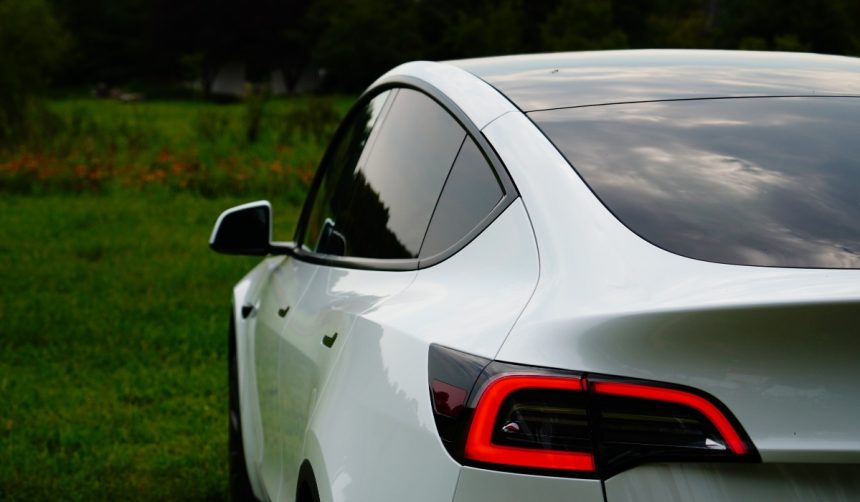Australian homeowners who invested in Tesla Powerwall 2 to enhance energy resilience are now facing uncertainty due to a product recall. Tesla confirmed this action after several incidents involving the energy storage units resulted in property damage. While no injuries have been reported, the situation has prompted concern among both users and regulators about the reliability of home battery technology. Manufacturers of energy storage systems frequently monitor product safety, but direct recalls are still rare, underscoring the seriousness of recent events.
Earlier updates and public reports have described the Powerwall 2 as instrumental for enabling households to store energy and participate in grid programs such as the Virtual Power Plant (VPP). Until now, attention focused on the system’s contributions to energy independence and local power stability, with fire or malfunction reports mentioned only sporadically. The recall represents an escalation from scattered incidents to a formal regulatory and corporate response. Close scrutiny from regulatory authorities now shines a light on battery sourcing and quality control within the rapidly expanding market for home storage solutions.
How did the recall unfold in Australia?
The recall decision emerged after the Australian Competition and Consumer Commission (ACCC) documented reports of minor property fires allegedly linked to Powerwall 2 units. Investigations pointed to certain battery cells, supplied by an external third-party, as the root cause of these incidents. The ACCC did not specify the number of affected units, but emphasized that prompt action was required to avert further risk. Tesla responded by agreeing to contact affected customers directly.
What measures has Tesla taken for affected customers?
Tesla announced that it will notify owners with impacted Powerwall 2 units through the official Tesla app. This proactive approach seeks to minimize confusion and ensure customers are well-informed. Addressing safety and communication together, the company highlighted its intention to support users throughout the recall process.
“Safety is Tesla’s top priority, and we are working to resolve this issue quickly,”
the company stated. Notifications will provide details about required actions and next steps for remediation.
What role does the Powerwall 2 and VPP play in Australia?
The Powerwall 2 serves households and businesses by storing solar energy for use during outages and for reducing reliance on the grid. Additionally, participation in the Virtual Power Plant program has allowed over 100,000 Tesla customers globally to sell excess energy back to the power grid, reducing energy costs and supporting grid stability.
“Our Virtual Power Plant program demonstrates how home batteries can benefit both consumers and the broader energy network,”
Tesla explained, underscoring the Powerwall’s dual benefits beyond backup power. The recall raises temporary challenges for this model but does not alter its wider significance.
Consumer confidence in battery storage technology depends on effective risk management and transparent responses to safety concerns. The Tesla Powerwall 2 recall highlights ongoing importance of scrutinizing component sourcing and maintenance. For consumers considering home energy storage, it is advisable to monitor manufacturer updates, check for recall notifications, and follow recommended procedures if a unit is found to be affected. Understanding local regulatory actions, as exemplified by the ACCC’s involvement, can help homeowners navigate the process and ensure continued energy security. Battery technology remains a promising path for energy independence, provided that manufacturers respond promptly and thoroughly to safety incidents.










